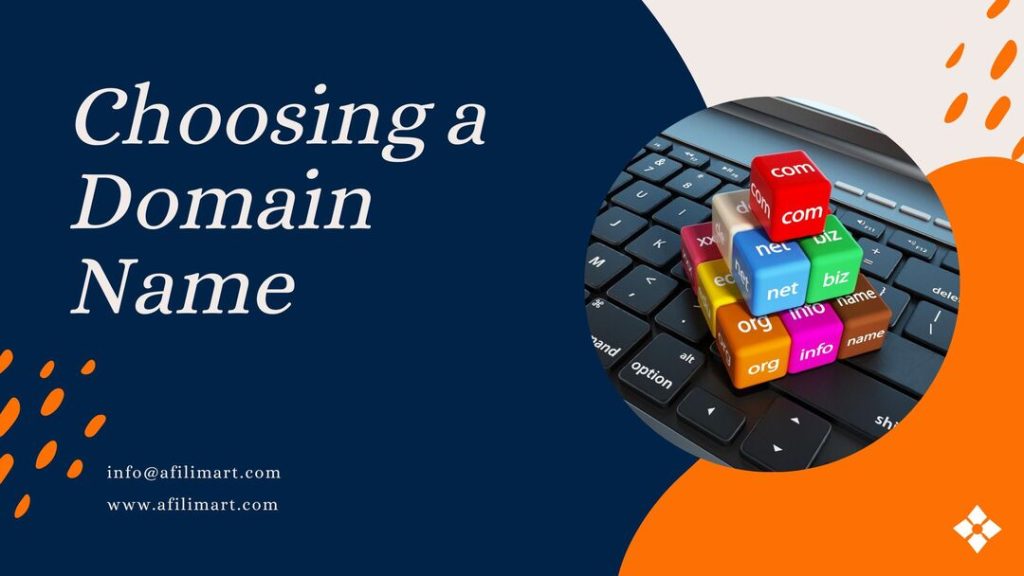Introduction
When developing a marketing strategy, companies might consider engaging in brand partnerships. This collaboration can significantly enhance brand awareness, generate leads, and boost revenue.
Whether you’re new to the concept or a seasoned professional, understanding how companies implement partnerships into their operations can be incredibly beneficial.
In this article, we’ll explore what a brand partnership is, the various types of partnerships available, and the advantages and potential disadvantages of brand collaboration.
What is a Brand Partnership?
A brand partnership is a collaboration between two or more companies to create or promote products or services together. Known as co-branding, this marketing technique involves businesses combining their branded offerings into a single unit or package.
The primary goal of these partnerships is to increase revenue and generate leads by leveraging each other’s strengths and market presence.
Types of Brand Partnerships
Choosing the right type of partnership is crucial for achieving positive results. Researching a brand’s audience and market status can provide insights into how two brands can complement each other. Here are some types of brand collaborations to consider:
- Affiliation Partnerships
- Loyalty Partnerships
- Content Partnerships
- Distribution Partnerships
- Sponsorship Partnerships
- Charity Partnerships
- Product Placement Partnerships
- Licensing Partnerships
- Influencer Partnerships
Affiliation Partnerships
An affiliation partnership, or affiliate marketing, involves a company working with a website or magazine publisher to promote its products online.
The publisher earns a commission based on the clicks, leads, and revenue generated for the branded company. For instance, an automotive company might partner with an automotive magazine, featuring banner ads on the magazine’s website and earning a percentage of sales from visitor clicks.
Loyalty Partnerships
Many companies use loyalty programs to retain customers and generate leads. These programs typically operate on a points system, rewarding customers with discounts or special events for ongoing purchases.
Loyalty partnerships allow brands to offer exclusive access to each other’s products, enhancing the loyalty program’s appeal. For example, a record store might partner with a concert ticket service, offering loyalty members early access to ticket sales.
Content Partnerships
Brands can collaborate on content projects, co-creating articles, videos, or infographics that link to each other’s websites. This partnership boosts exposure and Search Engine Optimization (SEO).
For instance, a travel agency might team up with a travel website to write an article on family-friendly destinations, featuring links to the agency’s special offers.
Distribution Partnerships
A distribution partnership involves companies offering their branded products as a packaged deal. For example, a bookstore might partner with a coffee shop to provide a free coffee coupon with each book purchase.
This partnership adds value for customers and encourages more purchases from both businesses.
Sponsorship Partnerships
Sponsorship partnerships significantly increase brand exposure by sponsoring events, celebrities, and media outlets or gaining approval. For example, companies often sponsor commercials or products at major sporting events to raise brand awareness and generate leads.
Charity Partnerships
In a charity partnership, a company collaborates with a charitable organization. This type of partnership benefits both parties by raising awareness for the charity and improving the company’s public image.
Companies can participate through public events, news stories, exhibitions, or sponsorships.
Joint Product Partnerships
When two companies collaborate to create a new product, they form a joint product partnership. This can include “powered by” collaborations, where a technology company partners with another business to integrate its technology, or product mergers, where similar businesses unite their brands to increase market influence.
Product Placement Partnerships
Product placement partnerships involve featuring a branded product in a movie or TV show. This can be direct advertising, where the product is acknowledged on screen, or a subtle approach, where the product is present but unmentioned.
Licensing Partnerships
A licensing partnership allows one company to produce goods using another company’s brand, logos, or intellectual properties. This increases exposure and sales for both parties.
For example, a video game company might license its characters to a toy manufacturer, broadening its brand reach.
Influencer Partnerships
Influencers have large social media followings and can sway their audience’s purchasing decisions. Companies collaborate with influencers to promote products, raise brand awareness, and attract new customers.
For instance, a makeup brand might partner with a beauty influencer to create content highlighting their products.
Advantages of Brand Partnerships
Brand collaborations offer numerous benefits, helping companies achieve their goals more efficiently by increasing revenue, generating leads, and improving market status. Here are some key advantages:
- Cost-Effective
- Access to New Markets
- Increased Revenue
Cost-Effective
Partnerships can reduce marketing costs and free up resources for other operational processes. Collaborating with influencers, publishers, or licensing intellectual property can be a cost-effective way to boost brand exposure since the partner handles much of the advertising.
Access to New Markets
Partnerships allow companies to test and analyze how different markets or audiences perceive their products. This can provide valuable insights for expanding reach and improving brand awareness.
Increased Revenue
Successful partnerships often lead to increased profits for all involved companies. Higher revenue enables businesses to pursue other goals, such as expanding facilities, developing new products, or hiring more staff.
Potential Disadvantages of Brand Partnerships
Despite the many benefits, brand partnerships can also present challenges. Thorough research and careful planning can help mitigate these risks. Some potential disadvantages include:
- Secondary Partnerships
- Prolonged Marketing Development
Secondary Partnerships
When companies partner, they share reputations and customer perspectives. If one partner pursues another collaboration with a conflicting business, it can create tension and disagreements. Open communication and clear agreements can help manage these situations.
Prolonged Marketing Development
Developing a marketing strategy with another organization can be time-consuming. Analyzing the partner’s operational processes and skills can help create a plan that allows for efficient collaboration.
Final Take
Understanding brand partnerships and their various forms can help both newbies and professionals harness the full potential of collaborative marketing strategies.
By carefully selecting and managing these partnerships, companies can achieve significant growth and success.










